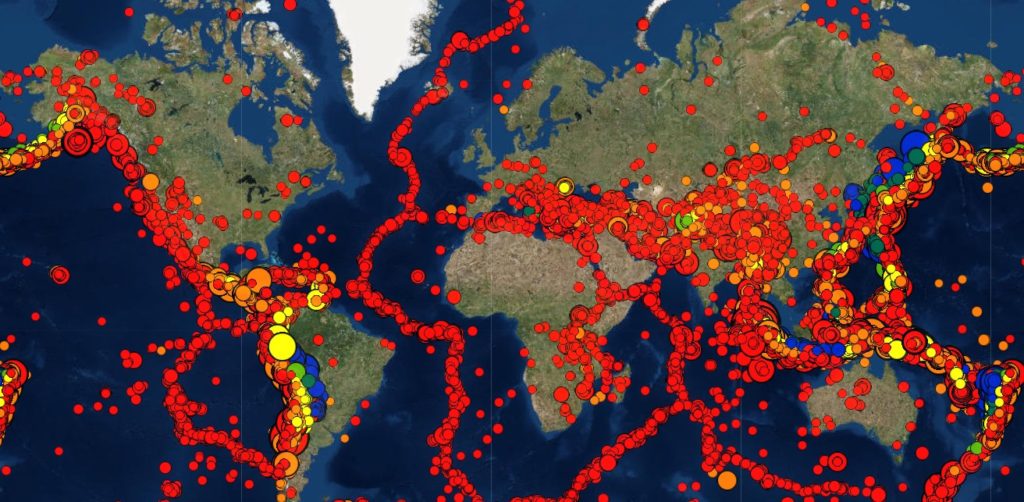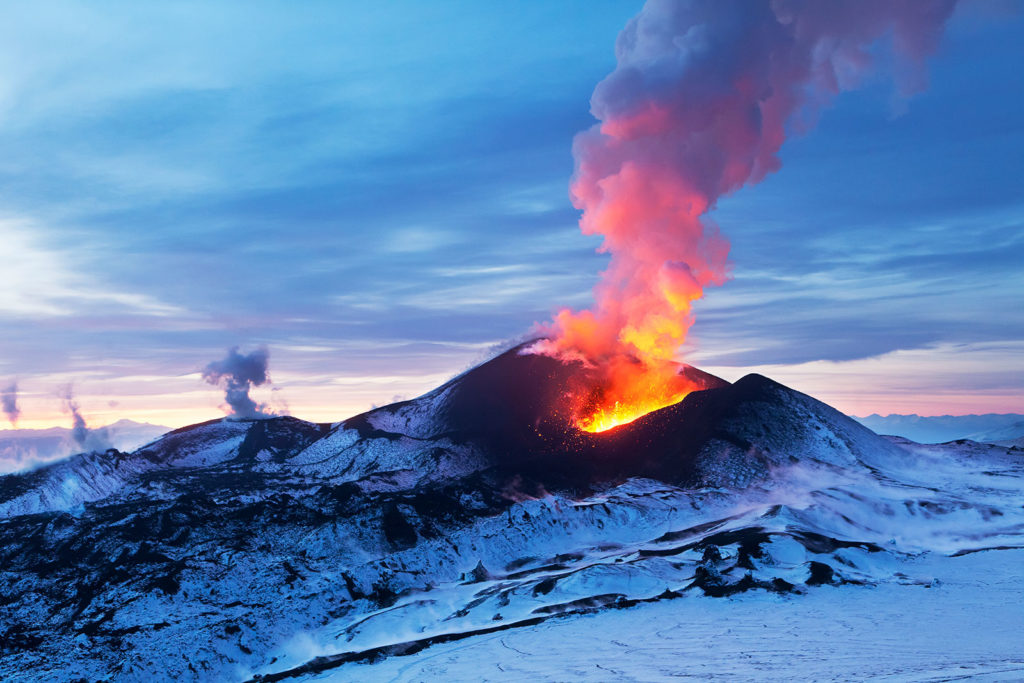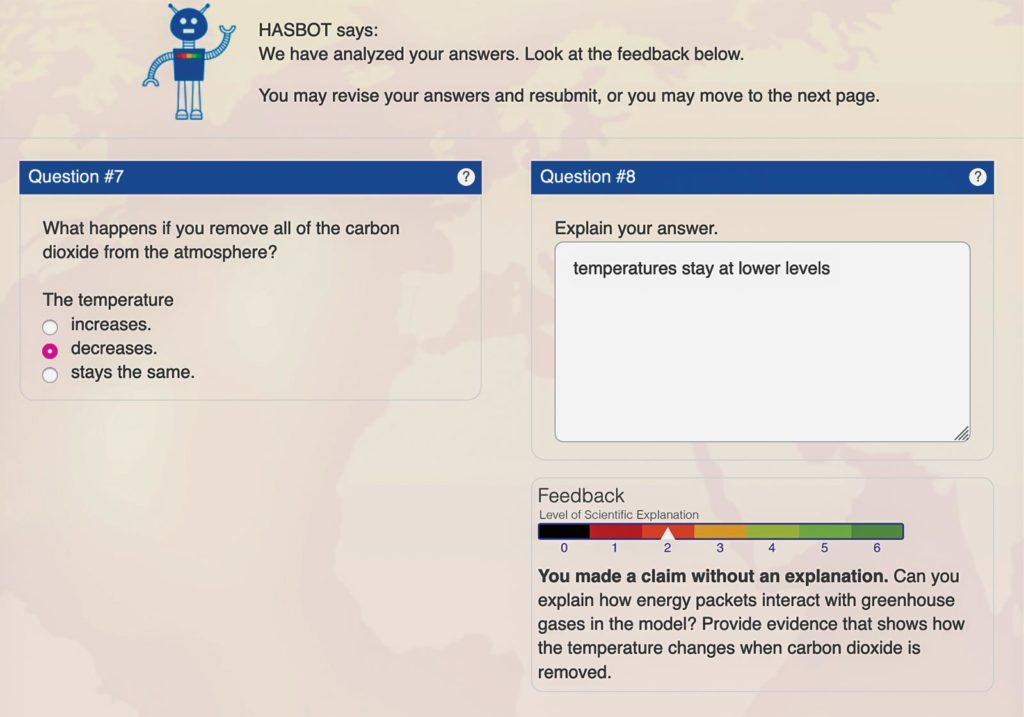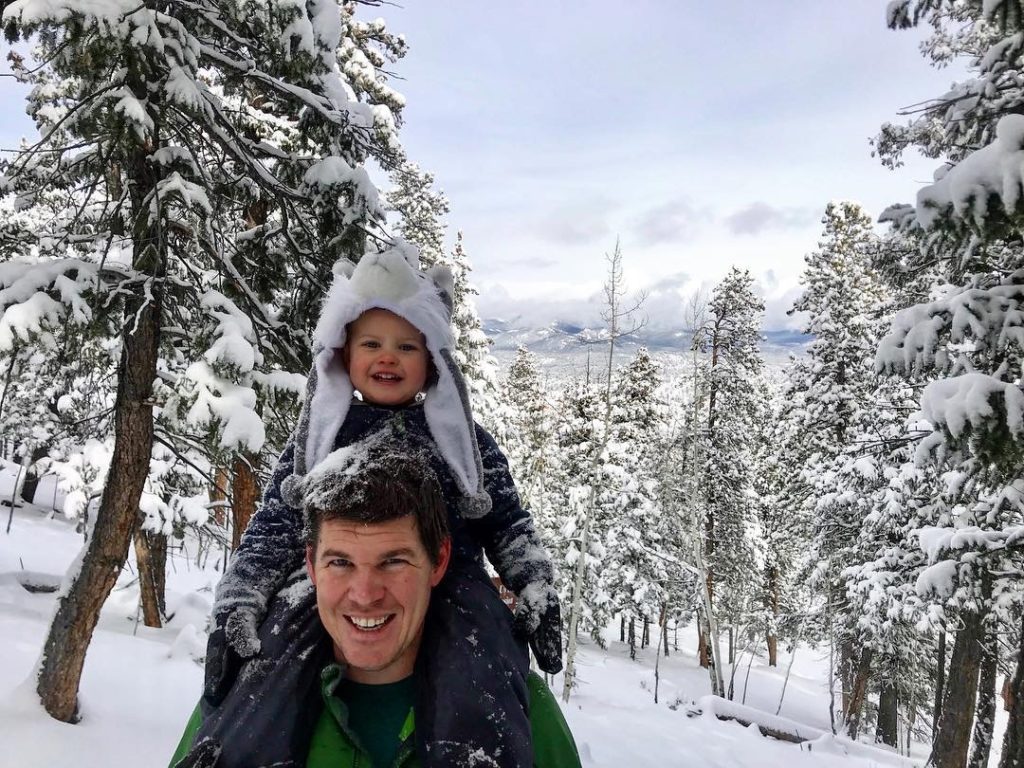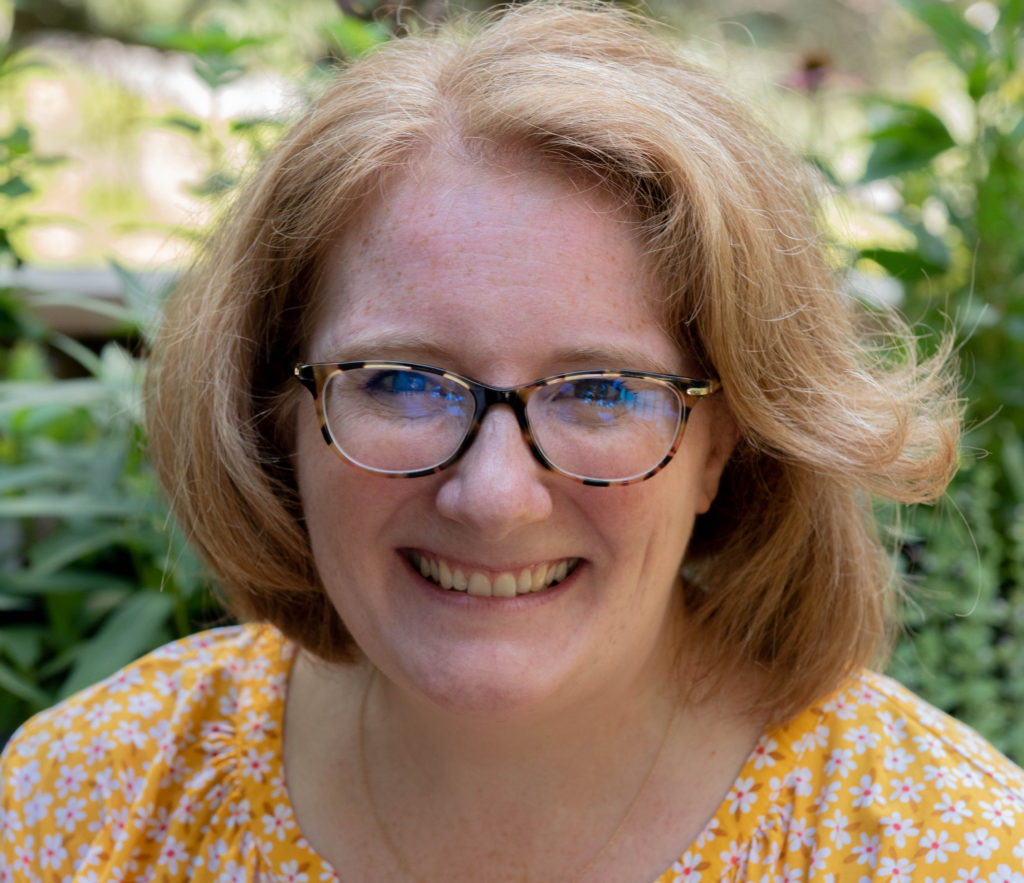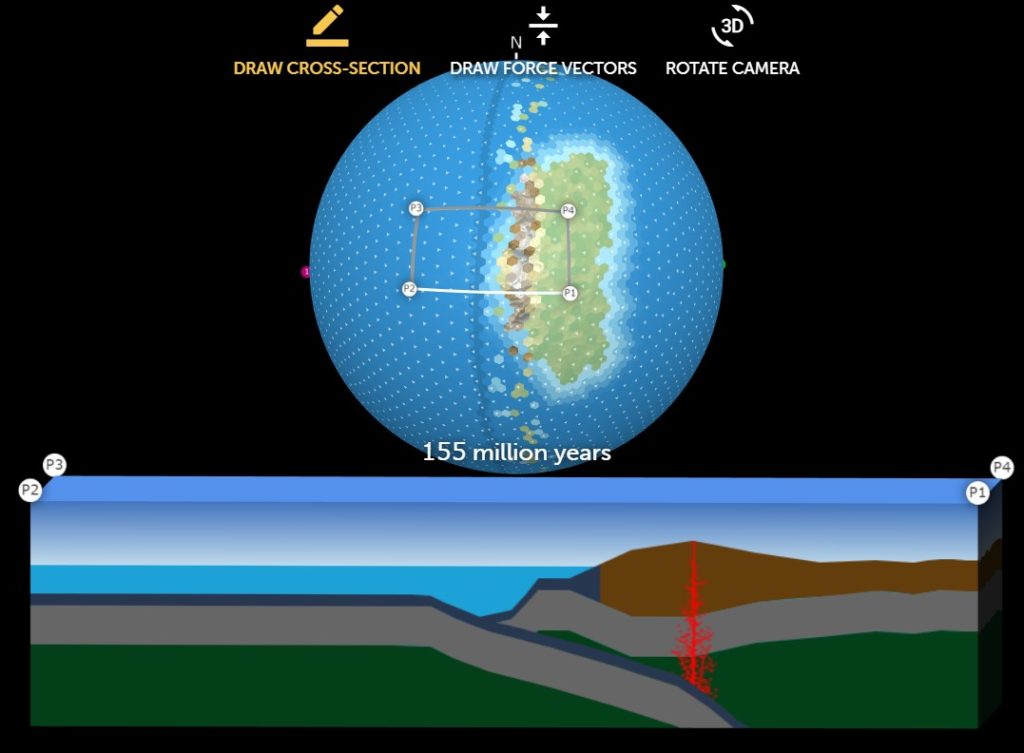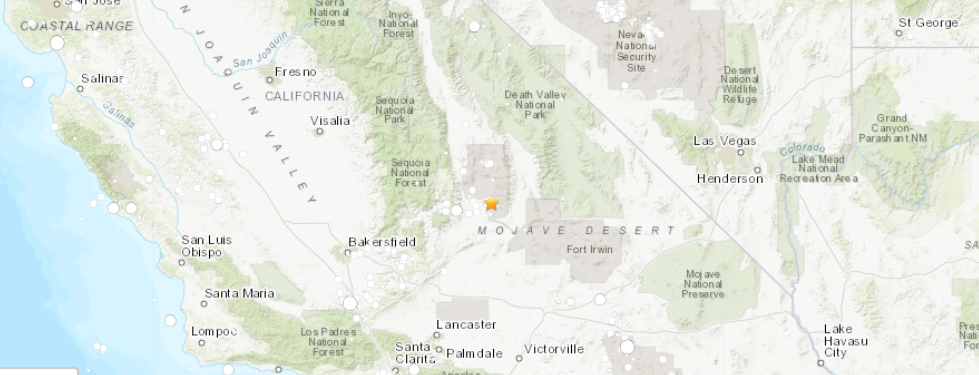Category: Earth Science Education
Julia LaCava was a summer intern at the Concord Consortium. A junior at Ithaca College, she majors in communications. Earth’s surface is dynamic and changing all the time. Volcanic eruptions and earthquakes alter the landscape, sometimes in very dramatic and sudden ways. On a much longer time scale, the movement of Earth’s plates can change […]
Volcanoes are some of the most impressive and unstoppable features on Earth. From the amazing artifacts at Pompeii to the photos of forests flattened by lava flows, the dangers associated with volcanoes are both terrifying and awe-inspiring. However, despite the risks, millions of people live in constant threat of damage to their homes, and more […]
“I love the look of amazement and confidence when someone makes connections and understands what is happening,” says Stephanie Harmon, who’s beginning her 24th year in a high school classroom. She was named Kentucky Science Teacher Association’s Outstanding High School Science Teacher in 2014, and currently teaches physics and advanced physical science and Earth science at Rockcastle County High School in Mount Vernon, and introductory astronomy at Eastern Kentucky University.
Julia LaCava was a summer intern at the Concord Consortium. A junior at Ithaca College, she majors in communications. The Automated Scoring for Argumentation project, which we affectionately called “HASBot” is wrapping up. This four-year partnership between the High-Adventure Science (HAS) team at the Concord Consortium and Educational Testing Service (ETS) was funded by the […]
“We wondered when you’d figure it out.” Once David Oyler decided to be a teacher, his friends and colleagues wondered what had taken him so long. They understood his heart lay in teaching long before he did.
Christine Fernandes began as a horticulture major at Pennsylvania State University, but transferred to agricultural education so she could become a teacher. She absolutely loves her career choice. She learned about the Concord Consortium through a listserv from her alma mater. We’re collaborating with Penn State on our GEODE project to develop new geodynamic plate tectonic modeling software for middle school students. The software is designed to allow students to observe and describe the formation of surface geologic features in terms of plate interactions. Christine explains, “It really clicked for the students, seeing what was happening below the ground in relation to the size and magnitude of the earthquakes along the western coast of South America.”
Julia LaCava was a summer intern at the Concord Consortium. A junior at Ithaca College, she majors in communications. We are excited to announce the public release of our new model-based curriculum that teaches plate tectonics like never before! “What will Earth look like in 500 million years?” was developed by our Geological Models for […]
While a sophomore at Ithaca College, Julia LaCava wrote a novel in a month. Though she had written full-length scripts for homework, this was not a typical class assignment. She had had a story in her head for over a year, complete with a storyboard of all the characters’ emotions and playlists of songs that […]
Julia LaCava is a summer intern at the Concord Consortium. A junior at Ithaca College, she majors in communications. A massive 7.1 magnitude earthquake occurred July 5 in southern California near Ridgecrest, the strongest to hit the area in 20 years. The quake followed the Independence Day 6.4 magnitude earthquake the previous day north of […]
Julia LaCava is a summer intern at the Concord Consortium. A junior at Ithaca College, she majors in communications. Teaching about climate change in the age of the Internet is harder than you might think. “Many online climate change lessons are actually junk” was the bold title of a recent article published by AP News, […]
